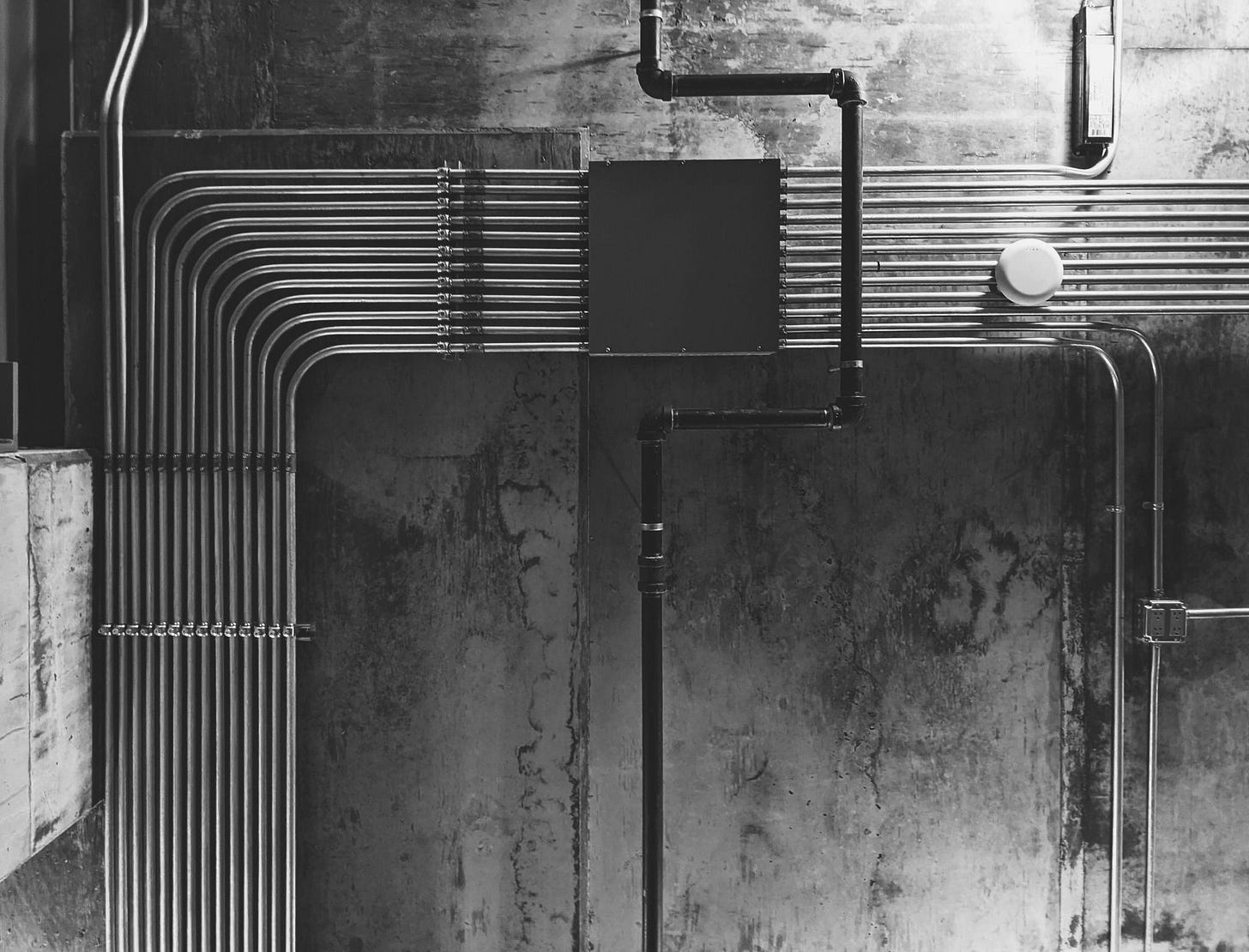Christmas Corp Side Notes
Comfort Systems USA, Inc. (FIX)
This little-known company is riding two of the most powerful trends in today’s economy: the revival of U.S. manufacturing and the rapid expansion of AI infrastructure. Yet it operates in a sector that’s often overlooked—mechanical, electrical, and plumbing contracting.
AI infrastructure demand is accelerating. While large language model (LLM) players like OpenAI, Anthropic, and DeepSeek are part of the story, they’re just one piece of a broader wave. AI training, inference, robotics, autonomous systems, and edge computing all require immense compute power and specialized data centers. In response, tech giants—Google, Microsoft, Amazon, Meta—are collectively committing over $320 billion in capex this year, up from $246 billion last year. That figure excludes the dozens of smaller companies racing to build AI-native platforms.
Meanwhile, U.S. GDP contracted 0.3% year-over-year in Q1 2025. But beneath the headline, private investment surged 22% year-over-year, reaching $5.5 trillion—far above Deloitte’s 3.4% growth forecast. This isn’t abstract growth; it’s tangible—factories, labs, machinery, and infrastructure. Comfort Systems sits at the center of that buildout. Its revenue rose 19% year-over-year, and its backlog grew 15% year-over-year.
Business Models
1. Project-Based Revenue (~80–85%). These are one-time contracts but often large in scale and margin.
New Construction: Installing HVAC (Heating, Ventilation, and Air Conditioning), electrical, and plumbing systems in new commercial and industrial buildings (e.g., data centers, plants, hospitals).
Existing Construction: Upgrading or retrofitting systems in existing facilities.
2. Service Revenue (~15–20%). These provide more predictable cash flow.
Service Projects: Smaller jobs like system replacements or emergency repairs.
Service Maintenance: Recurring revenue from long-term maintenance contracts (e.g., quarterly HVAC checkups).
Growing Revenue
What’s interesting is that despite relying on one-time contracts, the company’s revenue has remained stable—even during COVID. This suggests strong positioning with project owners and contractors.
Moreover, given its role in AI infrastructure and onshoring, it’s surprising that consensus estimates remain so conservative.
Improving Margin
The AI infrastructure boom is driving not just revenue growth, but also margin expansion. Tech-heavy projects—such as data centers, chip fabs, and EV facilities—allow for better pricing and higher profitability. Margins are also improving due to the rising use of modular construction (off-site prefabrication), which is more efficient and scalable. As of now, tech-related projects account for 37% of revenue, while modular construction contributes 18%.
Buyback Discipline
While the company's dividend is modest, with a yield of just 0.4%, it consistently repurchases shares, bringing the total shareholder yield to around 1.4%. That’s a reasonable return, especially for a company growing this fast.
Risks
Beyond the usual business risks, the market increasingly treats Comfort Systems as an AI proxy. As a result, when the AI narrative stumbles, the stock reacts sharply. During the DeepSeek selloff last January, shares fell 25% in a single day. It also dropped during the recent trade war scare. While tech-heavy projects account for 37% of revenue, Comfort Systems isn’t directly tied to the pace of the AI race or U.S.–China tensions. In fact, as we've noted, many high-tech companies are actively shifting their manufacturing capacity to the U.S.—a trend that benefits the Company.
Should you buy? That's your call.
Disclaimer:
“Christmas Corp Side Notes” is provided for informational and educational purposes only. Nothing contained in this publication should be considered as investment advice, recommendations, or guarantees of future performance. While we strive for accuracy, Christmas Corp makes no warranties regarding the reliability or completeness of the information. Investing in financial markets carries risk, including potential loss of principal. Readers should conduct their own due diligence and seek professional financial guidance before making investment decisions. Christmas Corp and its affiliates assume no liability for any losses arising from the use of this content.
As of the date of this publication, Christmas Corp and/or our clients have no beneficial long positions in the shares of FIX, either through stock ownership, options, or other derivatives. We have no business relationship with any company whose stock is mentioned in this article.







